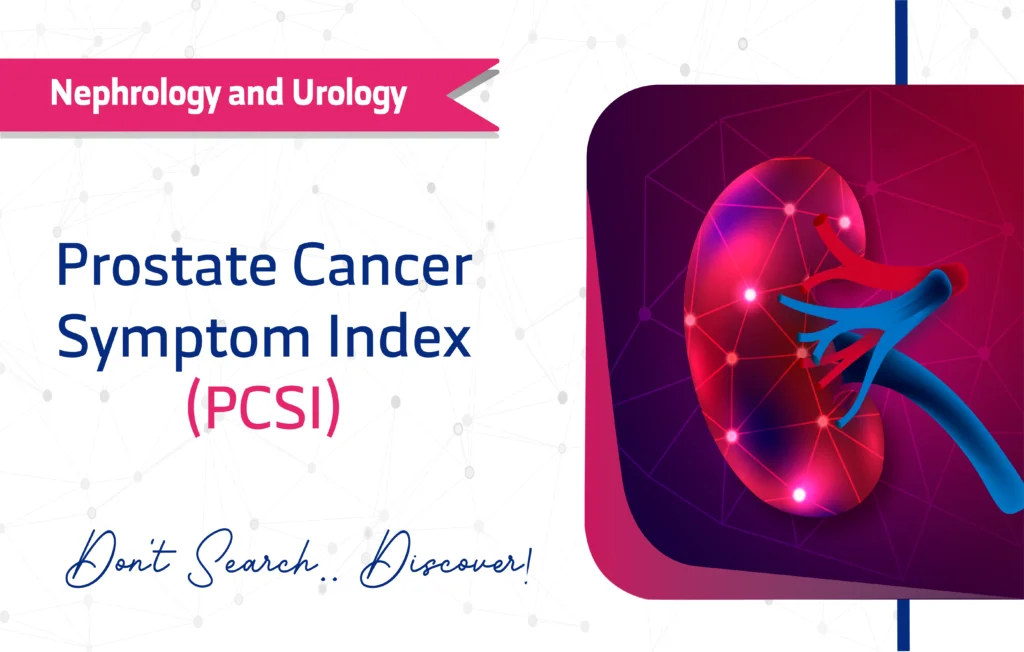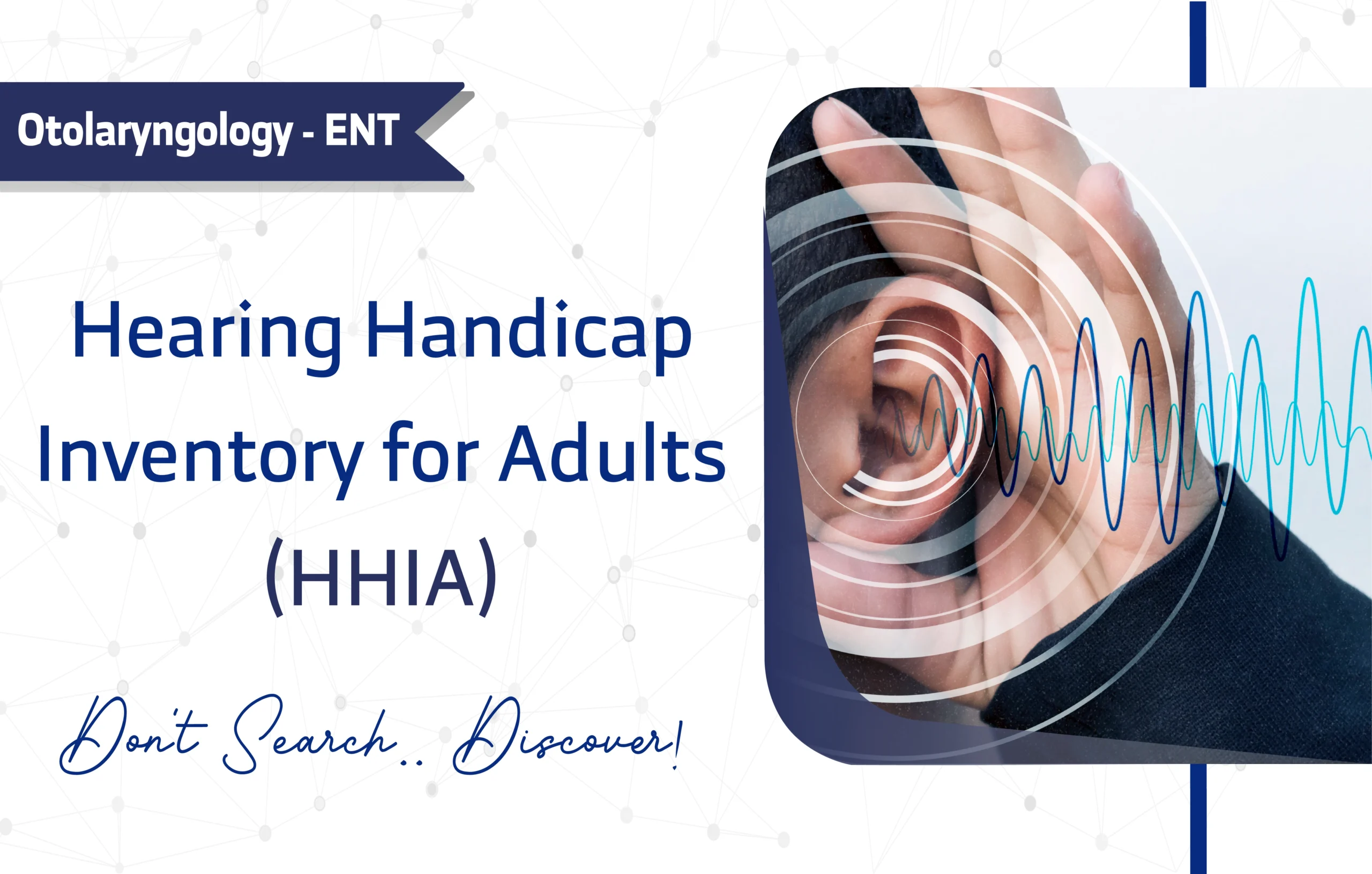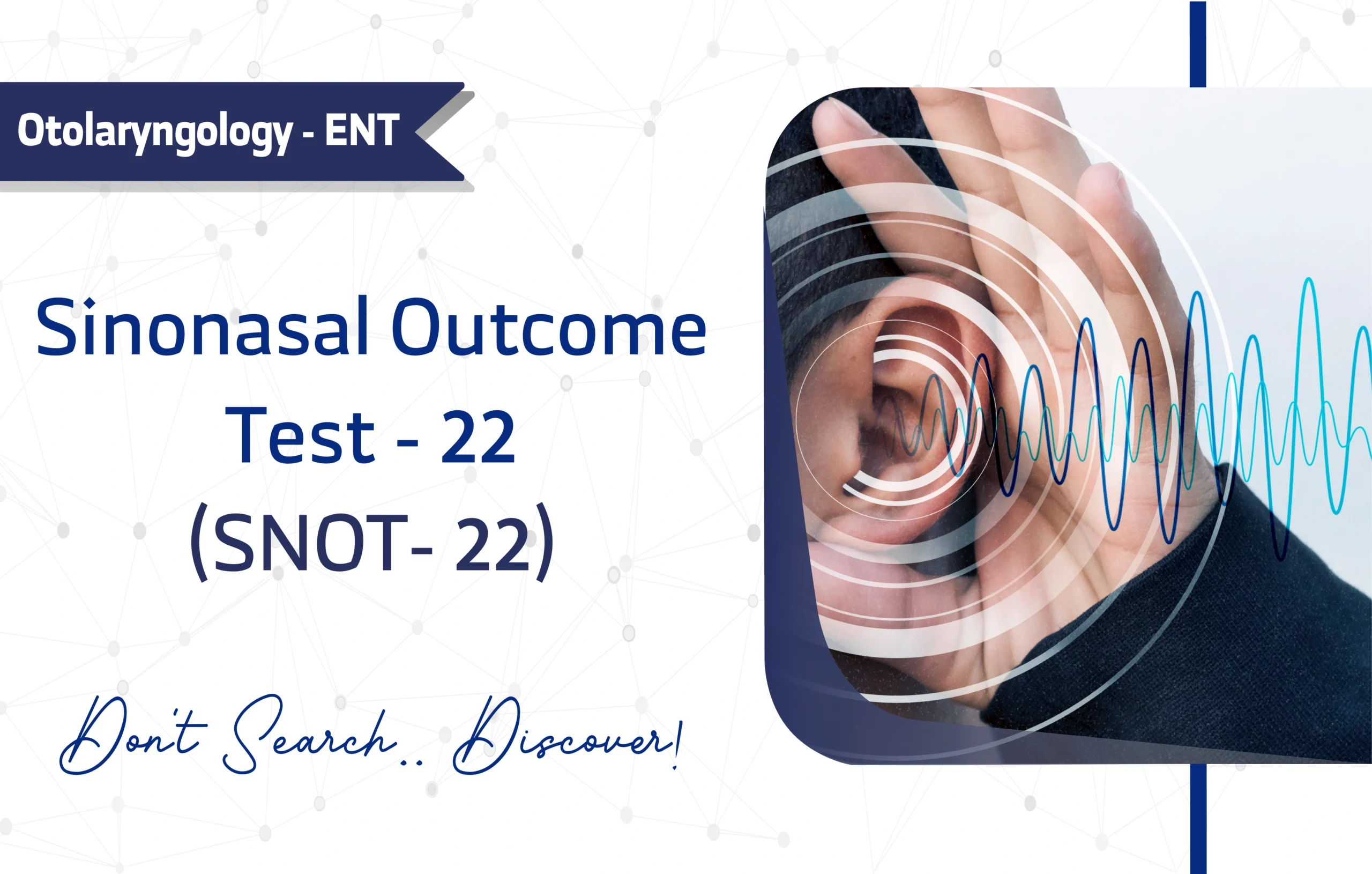Introduction
The Prostate Cancer Symptom Index (PCSI) serves as a clinical tool that evaluates symptom burden and treatment-related complications in patients undergoing therapy for early-stage prostate cancer. Clark, Jack A, and Talcott, James A developed this questionnaire to track the frequency, severity, and distress of symptoms such as urinary, bowel, and sexual dysfunction. Clinicians and researchers use it to gather valuable data that supports clinical monitoring and scientific studies.
In this article, we explore the PCSI questionnaire in depth. Specifically, we discuss its structure, applications, scoring methods, and clinical utility, making it an essential resource for professionals in urology and prostate cancer treatment.
What is the Prostate Cancer Symptom Index?
The Prostate Cancer Symptom Index (PCSI) is a validated tool used to assess the quality of life and symptom burden in individuals diagnosed with prostate cancer. Developed to capture patient-reported outcomes, the PCSI plays a critical role in evaluating how the disease and its treatments affect day-to-day functioning and overall well-being.
The PCSI consists of 29 questions, which are grouped into four key domains directly related to prostate cancer symptoms. These include:
- Urinary Function: Tracks symptoms like incontinence, urgency, and obstruction.
- Bowel Function: Evaluates diarrhea, urgency, and pain during bowel movements.
- Sexual Function: Assesses erectile dysfunction and difficulties with ejaculation.
- Symptom-Related Distress: Measures how distressing symptoms such as urinary leakage or bowel discomfort are for patients.
Key Features of the Prostate Cancer Symptom Index
Purpose and Target Population
The PCSI assesses complications and symptom burden in prostate cancer patients receiving treatment. It targets adults aged 18 and older, including young adults, middle-aged individuals, and seniors.
Scoring Method
Clinicians score the Prostate Cancer Symptom Index using a Likert scale to assess symptom severity, ranging from mild to severe. They then convert these scores into a standardized 0–100 scale, which simplifies interpretation and comparison across patients. This simple, yet effective scoring system allows for easy interpretation and comparison over time.
Administration Format
The Prostate Cancer Symptom Index can be administered in digital, mobile app, paper-based or interview formats, ensuring flexibility in different settings. It takes approximately 5-10 minutes to complete, making it efficient for both clinical and research environments.
Applications in Clinical Practice
The PCSI offers multiple benefits across healthcare settings. It helps:
- Screen for early signs of complications related to prostate cancer treatments.
- Monitor symptom changes over time.
- Guide Treatment Planning by informing clinicians about symptom severity and progression.
- Support Research by providing consistent data for evaluating treatment outcomes.
Reliability and Validity
Studies have shown that the PCSI is highly reliable, with Cronbach’s alpha values ranging from 0.65 to 0.92 for functional domains and 0.73 to 0.83 for distress scales. Furthermore, researchers have validated it extensively, confirming its accuracy and effectiveness
Languages Available
To accommodate global use, the PCSI is available in multiple languages, including Arabic, English, Mandarin Chinese, Spanish, French, Russian, German, Portuguese, and Japanese. This multilingual availability makes it ideal for use in diverse populations.
Limitations and Considerations
While the PCSI is highly valuable, it’s important to acknowledge its limitations:
- Self-Report Bias: Patients complete the questionnaire themselves, which may introduce subjective bias.
- Cultural Relevance: Some questions may not align well with cultural norms in every region.
- Focused Scope: The PCSI centers exclusively on prostate cancer symptoms, making it less applicable to general urological or oncological issues.
- Translation Issues: Although translated into many languages, some versions may face challenges with translation accuracy or cultural nuance.
Additional Resources for Prostate Cancer Symptom Index
- A direct link to the PCSI Original Validation Study
- You can download the questionnaire as a PDF Version
Frequently Asked Questions (FAQ)
- What age group is the PCSI suitable for?
The PCSI is designed for adults aged 18 and older. - How long does it take to complete the PCSI?
It typically takes between 5 and 10 minutes to complete. - Is the PCSI available in languages other than English?
Yes, it is available in multiple languages, such as Arabic, Mandarin Chinese, and Spanish. - Is any special training required to administer the PCSI?
No. The questionnaire is self-administered and requires no special training. - What is the main use of the PCSI in clinical practice?
Clinicians primarily use it for screening, monitoring, and treatment planning in prostate cancer patients.
A word from ResRef
At ResRef, we advocate for using the PCSI to assess prostate cancer symptoms. It offers a balanced combination of comprehensive symptom tracking and ease of administration. For healthcare professionals and research teams aiming to improve outcomes in prostate cancer care, the PCSI stands out as an invaluable, patient-centered tool.
References
- Clark JA, Talcott JA. Symptom indexes to assess outcomes of treatment for early prostate cancer. Med Care. 2001 Oct;39(10):1118-30. doi: 10.1097/00005650-200110000-00009. PMID: 11567174. Link








